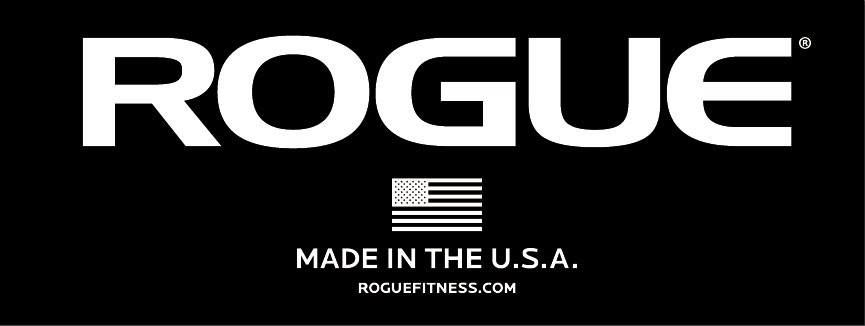The difference in and utility of strength and power
Force (max strength) and power are important qualities for any athlete. While the two terms are often used interchangeably among sports coaches, we should be aware that force/strength and power are actually distinct motor qualities, the targeted improvement of which can positively affect sporting outcomes.
Force is defined mechanically as the product of mass and acceleration (F=ma). In the weight room, strength is the ability to exert max force against an object and is most positively influenced through the increase of the mass variable in the force equation, i.e. – progressively heavier barbell lifts.
Without regard to the acceleration portion of the equation (acceleration = rate in change or increase in speed), heavy lifting will improve an athlete’s ability to apply force, but without increasing the rate of force development (RFD = Force/Time)- lifting a progressively heavier load at the same high speed or lifting a constant load faster, the athlete will develop nothing but a slow, forceful, but not powerful athletic profile.
Power is defined mechanically as work/divided by time. In sports, this is represented by how much of the athlete’s maximum force can be applied to an object – ground, ball, opponent – in a small time frame (~0.1 – 0.3 sec).
As is the case, an athlete’s maximum force ability – often proxied with 1-rep max values in the squat, bench, deadlift, etc., sets the ceiling for power, where power is the floor for performance. If two identical athletes collide, having equal RFD (example: 50% of max force in 0.25 sec), the one with the greater max force will win the exchange because his ceiling for force is higher, and in comparison, 50% of his max force is higher than 50% of his opponent’s.
This fact in itself should demonstrate the value of training that improves force capabilities. However, as previously stated, too much time or all the time in the max force/ultra-heavy lifting camp will lead to big squats and presses, but slow athletes.
However, particular groups of athletes may require more time spent on force development for the sake of improved power and sports performance down the road. In the case of youth or novice athletes, low levels of absolute strength mean even lower levels of relative power. And the younger/less exposed to the weight room an athlete is, the longer it will take them to develop any considerable muscular strength (not to be confused with the increase in lifting numbers due to improved mechanics, confidence, etc.).
But under the assumption an athlete is old enough and strong enough to dedicate exclusive time to developing power, their training should still devote just enough time to max force development focused on the maintenance and gradual increase in it over the long-term, raising the ceiling for performance without inhibiting an athlete’s speed.
The majority of training time should otherwise employ methods that target the athlete’s ability to progressively move a constant load faster over the course of several weeks/months (this 10lb medball, this barbell with 50% of your max, this 100lb sled) or move increasingly heavier weights in the same periodized manner, without ever sacrificing velocity. This can be done objectively with velocity-based training/bar speed tracking, or subjectively via “The Eye of the Coach”. Just keep it FAST!
This is how you “pull the performance floor” UP!
Athletes must have relatively high levels of max force/strength capabilities in order to have a shot at being powerful in their sport. But raising only max force without RFD leaves the athlete with a high ceiling, great potential, but not powerful enough to compete with the guy that is only 90% as strong but can display a greater percentage of that strength within the context of specific (FAST) sporting action.
Stay tuned for Thought on Power Training, Pt. 2





